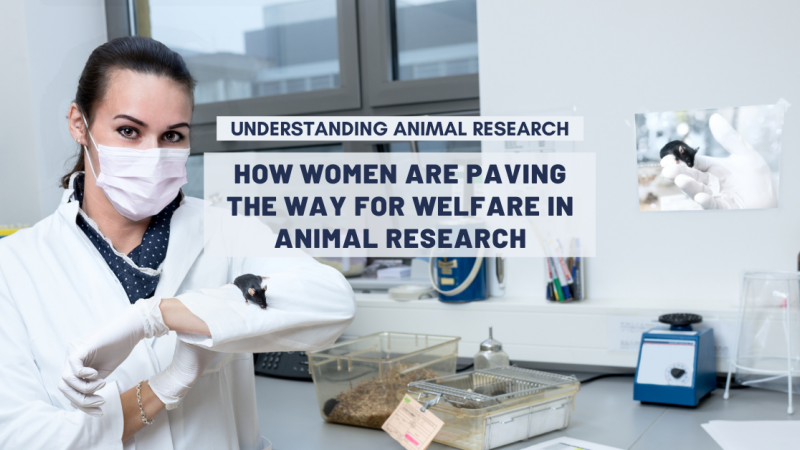
An innovative approach to clinical trials could improve the predictive power of both human trials and animal studies, bringing both patient and animal welfare benefits. By conducting the same trial side-by-side in mice and people using non-invasive imaging techniques, the researchers were able to unpick the genetic nuances that dictate how patients respond to treatment, allowing them to gain more insights.
New generation anti-cancer medicines are often specific for tumours containing a particular gene. But the effect of these ever-more sophisticated medicines is often dictated by myriad other mutations that accumulate in the tumours. This can confound the findings of clinical trials, meaning the true value of medicines can be missed and the animal studies may appear to be misleading.
The new approach to tackling these apparent contradictions is to conduct trials side-by-side in mice and people, allowing better interpretation of results. Like the human subjects, the mice used for the 'co-clinical' trial carried a mutated form of the Kras gene, which the experimental medicine was specific for; but some also contained mutations in tumour-suppressor genes p53 and Lkb1, which can accumulate in some tumours.
The results in the mice carrying lung tumours showed that p53 had no effect but the other gene, Lkb1, rendered the chemotherapy ineffective. This knowledge, combined with genetic testing of participants, can help the researchers interpret the different responses observed in the parallel human trial. Outcomes of the mouse trials were measured using methods similar to those for the human subjects, relying on novel non-invasive imaging techniques. This validated use of a relatively new scanning technique called FDG-PET to measure short-term tumour responses to medicines, allowing more effective analysis in the human participants.
The approach clearly has potential in the medicines development process, aiding both collection and analysis of clinical data. It could also lead to the refinement of animal studies, increasing their predictive power and allowing them to be used more strategically, thus reducing the numbers of animals needed. But like other animal studies it is an expensive approach, requiring the breeding of specific genetic strains for example. Despite this, several research funders are investing in similar co-trials for a range of cancers.
Last edited: 14 March 2022 09:02



